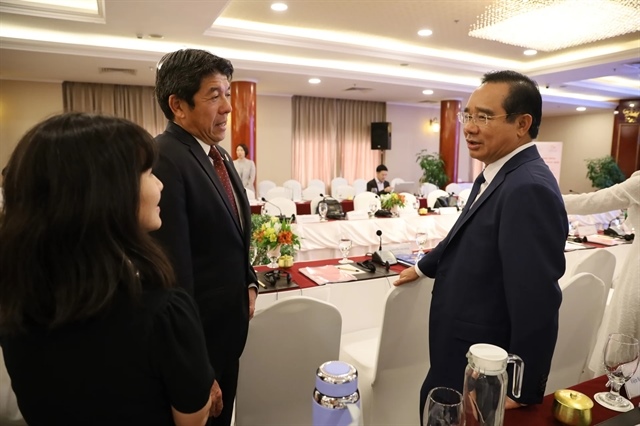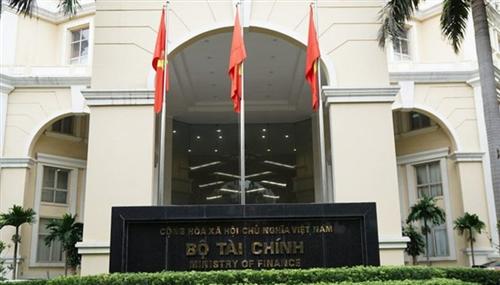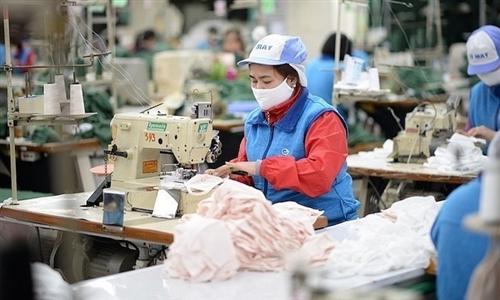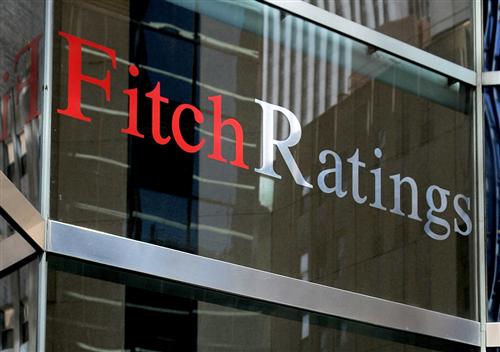A chance to emerge stronger from global vicissitudes
A chance to emerge stronger from global vicissitudes
The new regulations on social distancing will for sure have an added impact on some businesses, however, it is necessary to view the full picture in assessing the impact. We also have to remember that unlike many developed economies, Vietnam has decided to put public welfare ahead of economic welfare from the very start, and that is why we have such a relatively limited number of cases of COVID-19, compared to developed countries.

Kenneth Atkinson Executive chairman Grant Thornton
|
The current daily increases in cases in Vietnam are just a fraction of most European countries and the United States, and Vietnam has yet to register a single fatality.
GDP growth in the first quarter of 2020 has fallen to 3.82 per cent, the lowest for 10 years, and forecasts for 2020 are much reduced with some commentators forecasting a rate in the region of 5.5 to 6.3 per cent or lower if the impacts run longer than another three months.
This fall in growth is not just due to the pandemic but also because of the drought in the Mekong Delta region and the fall in beer consumption and restaurant sales due to new drink-driving regulations, which have been quite significant. This dramatic fall in GDP growth was in spite of the goods export performance in the first three months of the year, when export turnover reached $59.08 billion, up 0.5 per cent on-year.
Several important sectors have been badly hit by the outbreak prior to the social distancing measures including hotels, restaurants, transport companies, tour operators, airlines, and more besides.
As early as mid-February, the tourism and hospitality sector went in freefall with hotel occupancy falling to single digits and a 50 per cent decrease in visitor arrivals. Vietnam Airlines reported it had cancelled 1,000 flights to China in the month of February alone. Visitor arrivals in the same month declined 22 per cent on-year, and dropped 68.1 per cent in March on-year. Total visitor arrivals in the first quarter of 2020 were 3.7 million, down 18 per cent compared to the same period last year.
A bright spot has been in banking, insurance, communications, and healthcare – in fact the finance, banking, and insurance sector grew 7.19 per cent on-year in the first quarter.
The challenge for the manufacturing sector is applying social distancing regulations to workers in factories, although this should not be insurmountable, and now the ability to actually get workers and management to factories which are located in provinces away from where people, particularly management, actually live.
In addition, the limitations on interprovincial transportation will have an impact but my understanding is that this is not completely shut down although public transportation such as taxis and ride-hailing services have ceased operation for now.
The manufacturing sector was already experiencing significant challenges before the new social distancing regulations as shown by the results of the Purchasing Managers Index in March. There was already a decline in February to 49 per cent (anything below 50 per cent represents a decline/contraction) with a really significant fall to 41.9 per cent last month.
A steep drop was noted in both healthcare and manufacturing sectors with reductions in both new orders and production with a consequential reduction in staff, the highest fall in six years.
One bright spot was a reduction in input costs. However, it is interesting to note that the majority of respondents expected an overall increase in production in 2020 over last year.
In addition to supply chain disruptions with the rapid spread of the virus in Europe and the US, the demand for manufactured goods will surely decline further.
Another major factor affecting manufacturing is the lack of foreign experts due to the strict temporary entry regulations and suspension of international flights.
On the other hand, directives from the government have been issued to help support business including the government’s Directive No.11/CT-TTg, dated March 4 on urgent tasks and measures on enhancement of COVID-19 prevention and control, and the credit support package announced by the State Bank of Vietnam, as well as a new package of tax cuts and other measures in a draft decree by the Ministry of Finance. These will include providing tax breaks, delaying tax payments, and land-use fees for businesses.
If approved by the government, the draft decree is expected to give tax relief worth over VND80.2 trillion ($3.49 billion). It has also been suggested to defer payments of value-added tax for March to June by five months. Whilst Directive 11 certainly will help business, the decline in demand arising from the wide and swift spread of the disease to many of our major export markets is irreversible in the short term and it is like trying to stem the flow of water from a broken dam wall.
What is really needed is helping businesses to continue to pay their workers livable wages, so that when the markets start to improve we can move quickly to ramp up production coupled with a promotion campaign to existing and new markets.
I believe that Vietnam will recover well ahead of many of our competitors and good planning will enable us to benefit from this. Certainly the coming into effect of the EU-Vietnam Free Trade Agreement later this year will give an added boost to exports to the EU but again good preparation is needed to be able to avail ourselves of the tariff reductions.
China coming out of lockdown in many cities and provinces will offer a boost to cross-border trade with China, which will certainly have a positive early impact on the recovery in foreign trade and the economy.
In spite of the challenges and the first quarter GDP growth, Vietnam is expected to maintain its star status and to bounce back quicker than most from the current challenges and to be back on track with 6.5-6.8 per cent GDP growth by the end of 2020.
Also, as manufacturers re-evaluate the dynamics of their supply chains, Vietnam could well be a beneficiary at the expense of China.
























